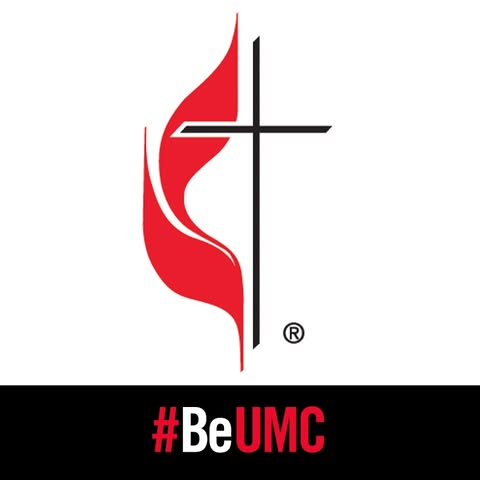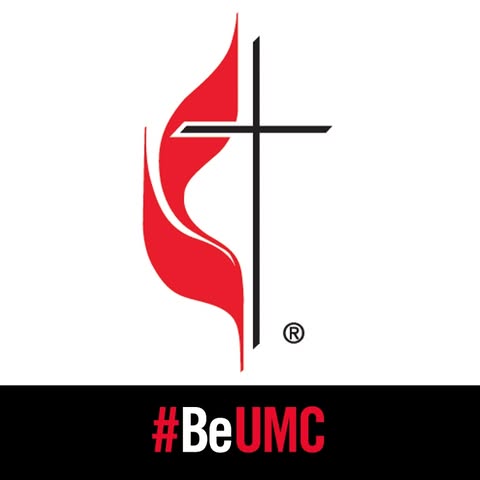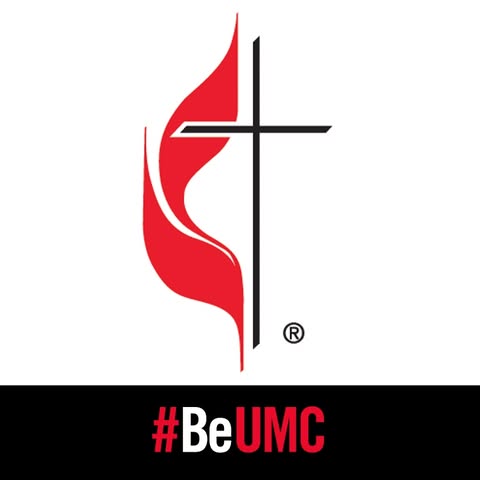International Brotherhood of Electrical Workers
TO PROVIDE AN APPRENTICESHIP PROGRAM FOR ASPIRING ELECTRICAL WORKERS. THROUGH INSTRUCTION AND TRAINING, THE STUDENTS DEVELOP SKILLS TO BECOME ELECTRICIANS.
International Brotherhood of Electrical Workers
The International Brotherhood of Electrical Workers (IBEW) is a prominent nonprofit organization and the largest electrical union in the world, founded in 1891. It emerged during a period when electrical workers faced hazardous conditions, low wages, and high mortality rates. The union was chartered by the American Federation of Labor (AFL), initially as the Electrical Wiremen and Linemen's Union, No. 5221.
Founding and Early Years
Henry Miller, a lineman, played a pivotal role in organizing the union. He was elected as its first president and traveled extensively to unite electrical workers across the United States. The first convention was held in St. Louis on November 21, 1891, with 10 delegates representing 286 members. They drafted a constitution and laws that have remained largely unchanged over the years[1][2].
Evolution and Growth
By 1899, the union was renamed the International Brotherhood of Electrical Workers (IBEW) at its Sixth Convention in Pittsburgh. This change reflected its expansion into Canada, where the first Canadian local was chartered in Ottawa, Ontario, on December 20, 1899[3]. During the early years, the IBEW faced financial struggles and internal challenges but continued to organize workers and improve working conditions[3].
Key Objectives and Achievements
The IBEW's objectives include organizing workers in the electrical industry, promoting reasonable work methods, cultivating industry friendships, settling disputes through arbitration, and securing employment and better wages[4]. The union also emphasizes the importance of apprenticeships to ensure skilled workers and improve industry standards[5].
Post-War Developments and Modern Era
Following World War II, the IBEW's membership surged, and it became known for its effective approach to labor-management relations without strikes. By establishing the Council on Industrial Relations in 1919, the IBEW facilitated dialogue between employers and employees, settling thousands of disputes peacefully[1]. Today, the IBEW continues to advocate for workers' rights and safety in the electrical industry, boasting a strong membership of approximately 750,000 in the United States and Canada[1].
Legacy and Impact
Throughout its history, the IBEW has been instrumental in advancing working conditions, wages, and benefits for electrical workers. It has set benchmarks for labor relations and continues to play a significant role in the global electrical industry. The union's commitment to education and apprenticeships ensures that members remain competitive in an evolving technological landscape[5].
Notable Events and Recognition
The IBEW's contributions during World War II were notable, with members serving both on the home front and in combat roles. In recognition of its innovative labor practices, the IBEW has been a model for other unions in achieving strike-free industries[1]. The Henry Miller Museum, dedicated to the founder, commemorates his vision and legacy in establishing the union[2].
Edit WikiFounded
1976
Web
Sign in to see organisation website
Address
Huntington
From Social media
News about from their social media (Facebook and X).
Data about organisation
Huntington
Organisations from International Brotherhood of Electrical Workers

Petfinder is an online, searchable database of animals who need homes.

2. JOHNSON MEMORIAL (HUNT.) UNITED METHODIST CHURCH
The United Methodist Church is a worldwide connection of close to 10 million members in over 100 countries including Africa, Asia, Europe and the United States.

3. Community Of Grace United Methodist Church
The United Methodist Church is a worldwide connection of close to 10 million members in over 100 countries including Africa, Asia, Europe and the United States.

4. EVANGELICAL HUNTINGTON UNITED METHODIST CHURCH
The United Methodist Church is a worldwide connection of close to 10 million members in over 100 countries including Africa, Asia, Europe and the United States.
Interesting nearby
Interesting organisations close by to residence of International Brotherhood of Electrical Workers

APPALACHIAN ARTISAN CENTER OF KENTUCKY INC
AAC Hindman.

Kanawha Institute for Social Research & Action Inc
KISRA is a faith-motivated, non-profit organization that strengthens West Virginians through Health, Employment, Asset Development and Learning programs.
Join us and make a difference for the future!
Sign Up
Please fill in your information. Everything is free, we might contact you with updates (but cancel any time!)
Sign in with GoogleOr
Good News
Inspiring to see autistic adults like William Barnett using their voices to challenge misconceptions and promote understanding in the face of negativity! #AutismAdvocacy #PositiveChange
Autistic adults push back on 'fear-based' Trump rhetoric
Medical Xpress - Medical and Health News
Like Comment"Heartbreaking yet inspiring: A mothers' support group in the UK brings together those who lost their moms, fostering community and healing during the toughest journey of their lives. 💕 #Motherhood #Support"
'Left To Cope Alone': The Hidden Crisis Facing Motherless Mothers
Yahoo
Like Comment








